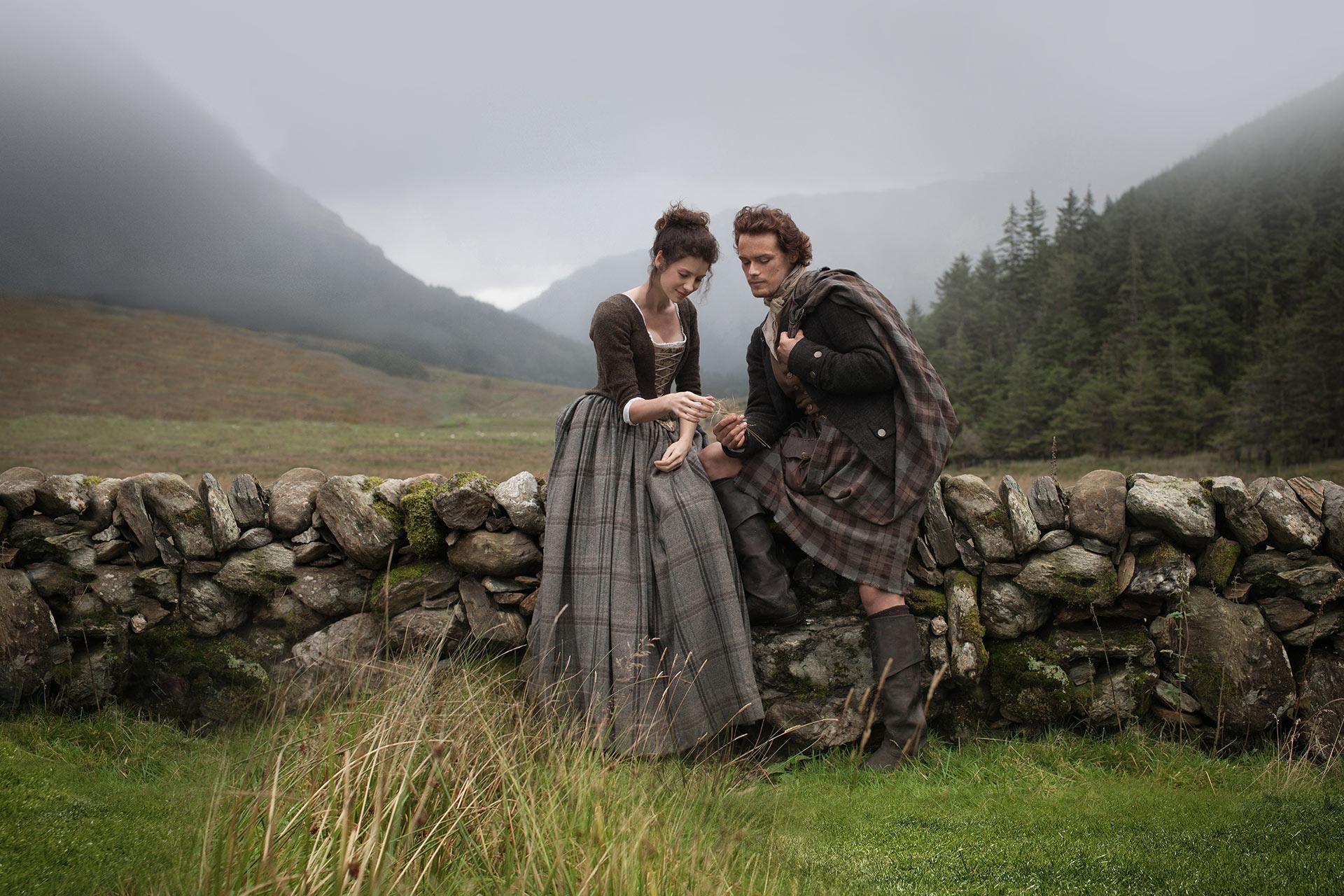
Issue 16, Winter 2019 Chief Editors: Ana Maria Sapountzi & Peize Li Book Review Editor: Patrick Adamson Almost every culture on earth contains within its history some form of magic and magical women.

Issue 16, Winter 2019 Chief Editors: Ana Maria Sapountzi & Peize Li Book Review Editor: Patrick Adamson Almost every culture on earth contains within its history some form of magic and magical women.

Special Issue of the Journal of Tolkien Research Co-edited by Janet Brennan Croft and Kristine Larsen janet.b.croft@rutgers.edu; larsen@ccsu.edu Connections between any of the works of both creative geniuses are fair game for this interdisciplinary volume. Some possible topics include: world-building, horror and the monstrous, critiques of heroism, women’s roles, Buffy-speak and elf-speak, and villainous motivations.

Digital technology has altered all aspects of media cultures, including questions of identity that can affect everything from the production of texts, their content, their distribution, their reception, and more. At the same time, popular and academic understandings of queerness have evolved to incorporate expanding ideas of gender, sexuality, race, disability, ethnicity, and other identity categories.

There is a gathering consensus that television began to undergo a marked transformation at the end of the twentieth century. Two decades into the twenty-first century, an ever-increasing number of cable and streaming series conjure the emergence of a world liquidated of normative authority, saturated with media-technological developments, and struggling to find its bearings in the fray.

The Learning on Screen (British Universities & Colleges Film and Video Council) termly magazine, ViewFinder is now open for submission – and October’s theme is MIGRATION. We are inviting Professors, Academics, Research Students and Practitioners to send pitches and proposals to ViewFinder Magazine.

Special issue #18 of VIEW journal: a history of television and health. We are presently accepting propositions for a special issue of VIEW on the history of television and health. The special issue follows the thematic lines of the Tele(visualising) Health conference on the history of TV, public health, its enthusiasts and its publics.

The concept of national cinema rests on two underlying assumptions: first, that “films produced in a national context will display some distillation of the historical, social and political culture of that country”; second, that “cinema (as one aspect of popular culture) plays a role in the construction of national identity, thus participating in the building of what Benedict Anderson termed “an imagined community” —or perhaps more appropriately
Historically, female filmmakers’ work in television has functioned as a form of invisible labour, with television being seen as definitively distinct from cinema, the site of ‘real’ and hard-won work.

Global Utopian Film and TV in the Age of Dystopia A special issue of Science Fiction Film and Television Edited by Leimar Garcia-Siino Sean Guynes-Vishniac Global Utopian Film and TV in the Age of Dystopia , a special issue of Science Fiction Film and Television ( SFFTV ), seeks essays that confront a pressing problem at the intersection of media and utopian studies.

Not unlike other media, television is undergoing major changes. The Internet, as well as the possibilities of digitisation and storage, has contributed to the transnational circulation of content and, most importantly, the development of over-the-top (OTT) media services.